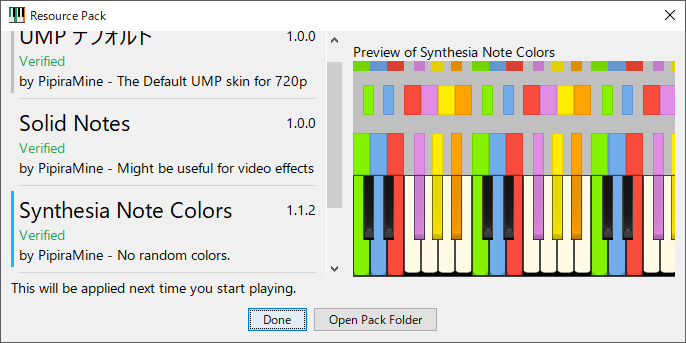

Other classical music stores, such as eclassical and The Classical Shop, offer a number of high-resolution files from the many labels they sell. Some of the most interesting to explore are Channel Classics, Gimell, Linn Records, and Da Capo, all of which are small, but provide high-resolution files. Others are record labels themselves, many of which are classical labels. Some of these are “stores” such as HDtracks (Rolling Stones, John Coltrane, Eric Clapton) or iTrax (San Francisco Symphony, Afro Cuban Latin Jazz Project), which sell a variety of albums from different labels. The files sold are often called “studio masters,” because they are the format that is used in the studio for the actual recording process.Ī number of websites now sell such files. For new recordings, this is easy, because they are now commonly recorded in 24/96 format. But the growth in this sector has led to many pop, rock, and jazz albums being released in these formats. Initially, classical music was the first genre to offer such files, as many classical labels were already recording in high-resolution for SACDs (super-audio CDs) and and DVD-Audio discs, and needed to simply convert their existing files to the appropriate formats.

The market for high-resolution audio files is clearly one for audiophiles but, while a niche within a niche, it is growing, and more and more labels and websites are selling files in these formats. How does this translate into file size? As an example, a 9-minute and 25-second live recording from the band Phish weighs in at 18.4MB for a 256-kbps MP3 file, 67MB for a CD-quality FLAC file, and 126.2MB for a 24/96 FLAC file. Also, some sites sell 5.1-channel surround mixes, but you’ll need special equipment to be able to play them back.) (There are other high-resolution files, which may be 24-bit and 88.1kHz or even 192kHz, but I’ll stick with 96 kHz, as that’s the highest sample rate that Macs can play. The majority of high-resolution files are 24-bit and 96kHz, which translates, roughly, into three times as much data per second as the audio you’ll find on a standard CD. That 44.1kHz means that there are 44,100 samples per second. The latter is the sample rate, or the number of samples per second this is the number of “frames,” as it were, of sound made in a second. The former is the “bit depth,” or the number of bits of data recorded for each sample the higher the better.


 0 kommentar(er)
0 kommentar(er)
